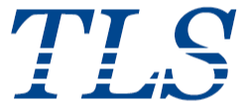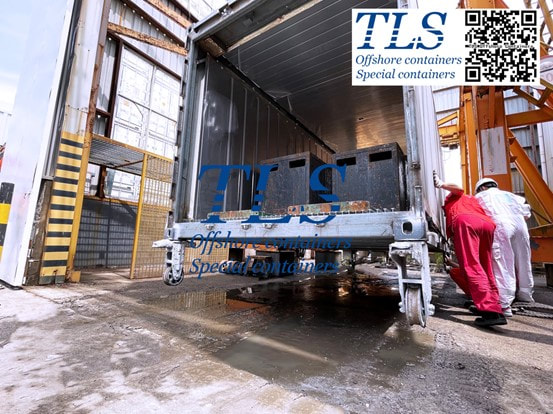|
Offshore containers play a vital role in the global shipping and offshore industries. These rugged and specialized containers are designed to withstand the harshest environments, ensuring the safe transport and storage of valuable goods and equipment. Whether you're in the oil and gas, renewable energy, or maritime industry, producing high-quality offshore containers is crucial. In this guide, we'll explore the key steps and considerations to produce offshore containers that meet industry standards and exceed customer expectations while adhering to stringent safety regulations. Understanding Offshore Containers Before delving into the production process, it's essential to understand what offshore containers are and why they're essential. Offshore containers are purpose-built containers designed for use in offshore and marine environments. They are used for transporting, storing, and securing equipment, tools, and goods on offshore platforms, vessels, and during transport between locations. These containers come in various sizes and configurations, such as open-top, closed-top, half-height, and specialized versions like offshore baskets and skips. To produce high-quality offshore containers, manufacturers must adhere to industry standards and regulations that ensure safety and durability in challenging conditions. Key Steps in Producing High-Quality Offshore Containers 1. Design and Engineering The foundation of any high-quality offshore container is its design and engineering. This phase involves creating a detailed blueprint that considers the container's purpose, the environment it will be used in, and the materials required for construction. Essential aspects to consider during the design and engineering phase include:
2. Fabrication and Manufacturing Once the design is finalized, the manufacturing process begins. This involves cutting, shaping, welding, and assembling the container components according to the approved design. Key considerations during manufacturing include:
3. Testing and Certification Before an offshore container can be used in the field, it must undergo rigorous testing and certification processes. This includes:
4. Maintenance and Inspection Producing a high-quality offshore container is just the beginning. To ensure its continued reliability and safety, regular maintenance and inspection are essential. Maintenance tasks include repainting, repairing damage, and replacing worn components. Routine inspections, typically conducted annually, help identify and address issues before they become safety concerns. Conclusion Producing high-quality offshore containers is a complex process that demands attention to detail, expertise in design and engineering, strict adherence to safety standards, and a commitment to quality control. These containers are vital to the offshore industry, ensuring the safe transport and storage of valuable equipment and goods in challenging environments. TLS Offshore Containers / TLS Special Containers is a global supplier of standard and customised containerised solutions. Wherever you are in the world TLS can help you, please contact us. #Offshore containers #Offshore container production #Offshore container manufacturing #Offshore container design #Offshore container engineering #High-quality containers #Offshore container materials #Structural integrity #Corrosion resistance #Safety standards Written by OliverComments are closed.
|
Archives
July 2024
Categories
All
|
- Home
-
Containerised solutions
- Intelligent pressurised container | MUD logging cabin
- Battery energy storage system (BESS) container
- Flexible grid tied battery storage system
- Laboratory container | workshop container | Equipment containers
- Temporary refuge shelter | Toxic gas refuge | Safe haven
- Offshore accommodation cabin | office container
- Reefer container | Refrigerated container
- Intelligent waste water treatment container
- Fresh water generator container
- Cargo Containers
- Product photos & videos
- News & Blogs
- Contact us
|
Featured products
Intelligent pressurised container Temporary refuge (TR) shelter, toxic gas refuge (TGR) Battery energy storage system (BESS) container Containerised waste water treatment plant Fresh water generator container Reefer container Laboratory container, Workshop container Accommodation container Offshore closed container |
All Rights Reserved 2020 © TLS Offshore Containers / TLS Energy
|



